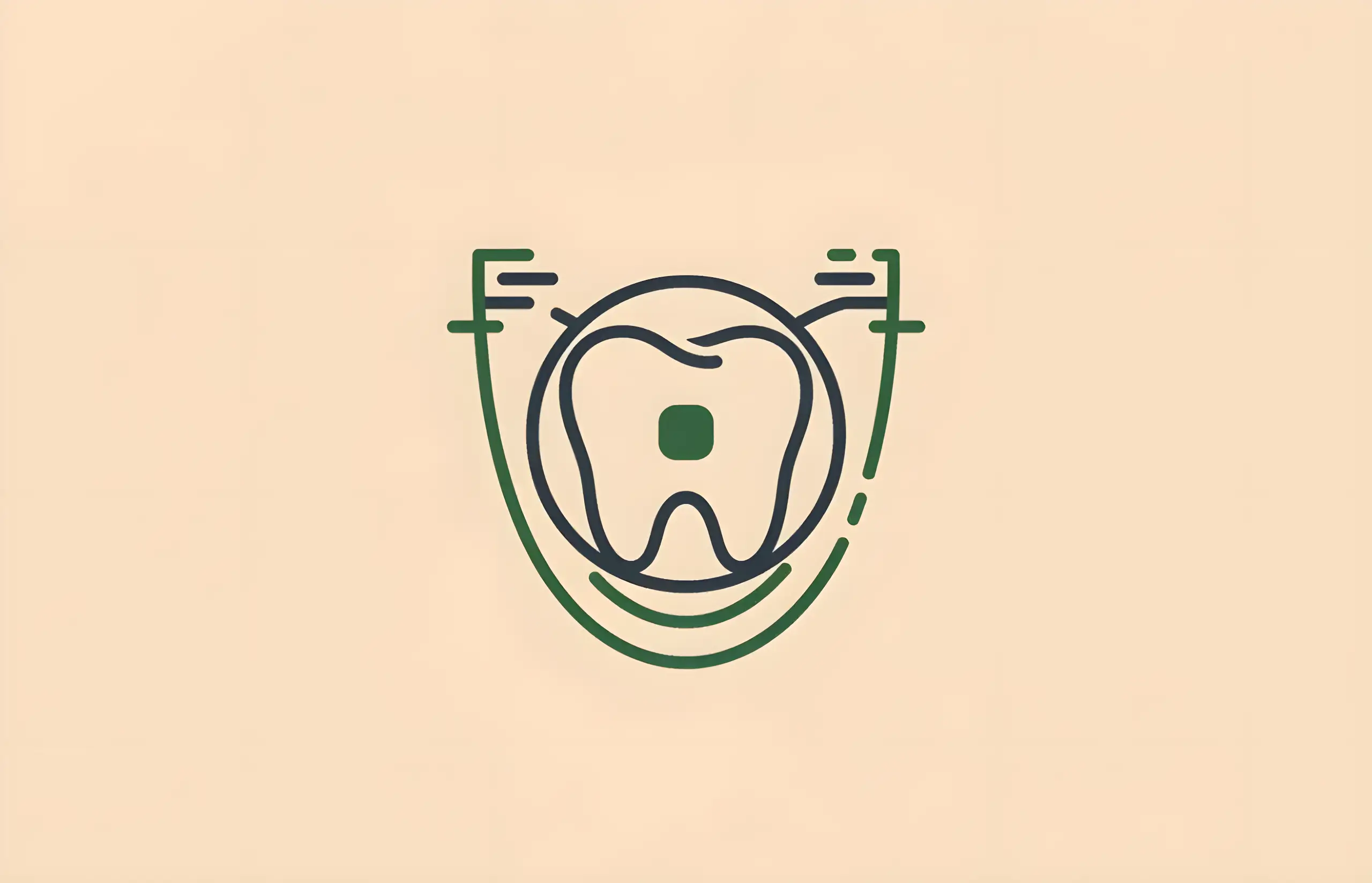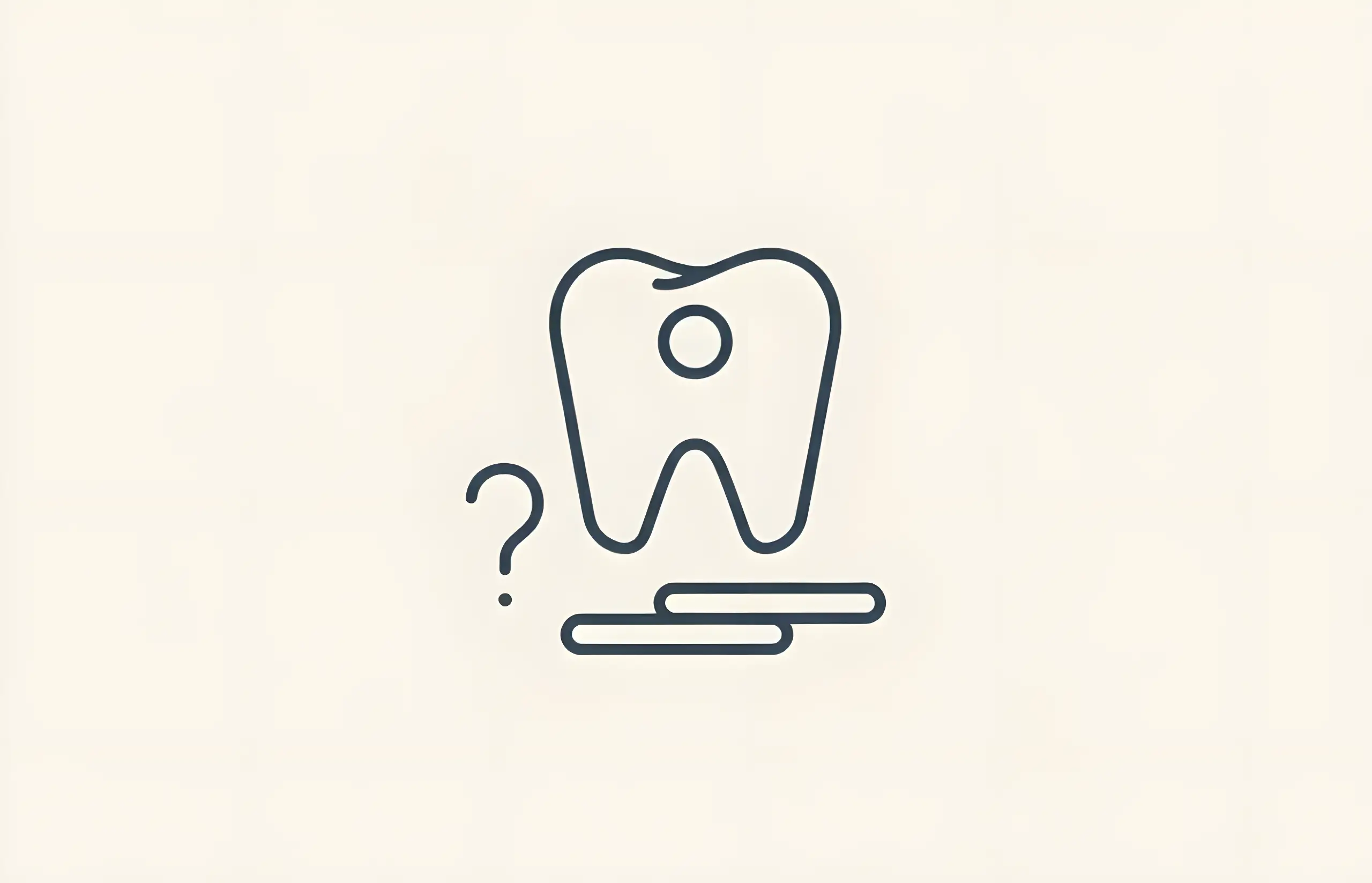When there is a cavity in your teeth because of cracks or chipping, your dentist will want to remove the damaged or decayed portion of the tooth and fill it with dental material. These are called dental fillings. There are many types of them, and each of them has pros and cons.
What Are Dental Fillings Used For?
Dental fillings can be made of a lot of materials including gold, silver, a mix of mercury and silver, or other metals. If you want something to match the colour of your tooth, you could go for porcelain or a type of glass too. Each of these materials is different in terms of strength.
Amalgam fillings have been around for over a century. They are strong and perfect for cavities in molars which we use to chew. They are made of a combination or amalgam of metals, and their silvery appearance means they can be noticed when you smile or open your mouth to eat. They are the least expensive material.
Composite fillings, also called composites or filled resins, are made of a combination of glass or quartz filler. These can be made to match the colour of the rest of your teeth. They last quite a long time and are used for small and medium-sized damage control. They help you chew at a moderate level.
Fillings made of metals like gold or silver are quite commonly used to fill cavities. The gold ones can cost about ten times that of silver fillings, but some people prefer them because of their durability. These can last 10 to 15 years.
Ceramic fillings are also tooth-coloured and are usually made of porcelain. They are often used to hide tooth stains and do a better job than composites but can be as expensive as gold fillings.
Glass ionomers are a mix of acrylic and glass. These are used to create fillings that release fluoride that helps to protect teeth. These fillings are not as durable as the others and might need to be replaced in about five years.
What's Involved in Getting a Tooth Filled?
Before discussing how long a filling procedure takes, we must learn about the steps that are involved in the process. There are a few simple steps to this process.
The dentist starts by numbing the affected area of the tooth using a topical anaesthetic in the gums or the inside of your cheek. This is done using a thin needle that contains numbing agents like lidocaine. It is a quick and nearly painless process even though the needle might be inserted in multiple places.
The dentist will then wait for the anaesthetic to kick in before using a drill or laser to remove the damaged part of the tooth. Then, a gel is used to clean the same area.
After that, the filling material of your choice will be applied to the tooth. The material will also be placed on top of the tooth using adhesives, sealing the tooth and keeping it protected.
Sometimes, a bonding light is used to harden the material. Then the rough edges will be smoothed out, and the tooth will be polished.
How Long Does a Filling Take at the Dentist?
Now to the question of how long does a filling take. This question can be interpreted in a couple of ways. One is to understand how long the procedure at the dentist takes, and the other is to learn how long it will take for the filling to settle in.
The dental procedure itself will typically take less than an hour. If it is a small filling, it might be completed only around 20 minutes. Of course, this depends on the materials used, and you might have to return for a second time to finish the process if you used composite resin materials that will be layered into the tooth.
Some composites also need to be made from an impression, and a bond must be applied to the filling, which will require a second visit. Fillings made of gold and porcelain are quite easy to use and are placed in a single visit.
If you are replacing an older filling, that might take longer since the old one needs to be drilled out first.
The Bottom Line
Having a tooth filled is not a painful process, and it is relatively uncomplicated too. Honestly, how long your filling takes is really the least of your worries, be sure to keep an eye on the cost also. It's good practice to check which materials are supported by your insurance.
Sources and References
-
[1]
Longevity of posterior composite restorations: a systematic review and meta-analysisJournal of Dental Researchhttps://pubmed.ncbi.nlm.nih.gov/25048250/
-
[2]
Direct composite resin fillings versus amalgam fillings for permanent posterior teethCochrane Database of Systematic Reviewshttps://pubmed.ncbi.nlm.nih.gov/34387873/
-
[3]
Time to complete contemporary dental procedures – estimates from a cross-sectional survey of the dental teamBMC Oral Healthhttps://pmc.ncbi.nlm.nih.gov/articles/PMC10676590/
-
[4]
Dental Glass Ionomer Cements as Permanent Filling Materials? —Properties, Limitations Future TrendsMaterialshttps://pmc.ncbi.nlm.nih.gov/articles/PMC5510173/
All sources accessed and verified on . Medical information reviewed for accuracy and compliance with current guidelines.
Related Articles

Are Amalgam Fillings Safe?
Comprehensive guide to amalgam filling safety, including mercury content, FDA recommendations, pros and cons, and alternative filling options

What is a Composite Filling?
Understanding tooth-coloured resin composite fillings including advantages, procedure, costs, and longevity compared to traditional amalgam fillings

How Much Does a Filling Cost?
Comprehensive guide to dental filling costs in the UK including NHS vs private pricing, filling materials (amalgam, composite, ceramic, gold, glass ionomer), longevity, procedure details, and when to see a dentist

How Long After A Filling Can I Eat?
Post-Filling Guidelines (Amalgam 24h Setting, Composite Immediate, 11.87% vs 17.38% Survival)

How Long Does a Temporary Filling Last?
Comprehensive guide to temporary dental fillings including purpose, lifespan from weeks to months, tooth filling procedure, care instructions, and when replacement is needed
About The Dental Guide
The Dental Guide is a trusted online resource providing evidence-based information about dental health, treatments, and procedures. Our content is created and reviewed by qualified dental professionals to help you make informed decisions about your oral health.
Our Mission
- Evidence-based dental information
- Expert-reviewed content
- Clear, accessible explanations
- Latest treatment options
- Patient-focused guidance
Editorial Standards
- GDC-registered dental professionals
- Peer-reviewed sources
- Regular content updates
- Medical accuracy verification
- Transparent authorship
Important Notice
The information on The Dental Guide is for educational purposes only and should not replace professional dental advice. Always consult with a qualified dentist for diagnosis and treatment recommendations tailored to your individual needs and circumstances.
Medically Reviewed
Reviewed by Dr. Nasim Mechoui , BDS (Bristol)
Share this article
Comments & Discussion
Have questions about dental implants? Share your thoughts or experiences.
